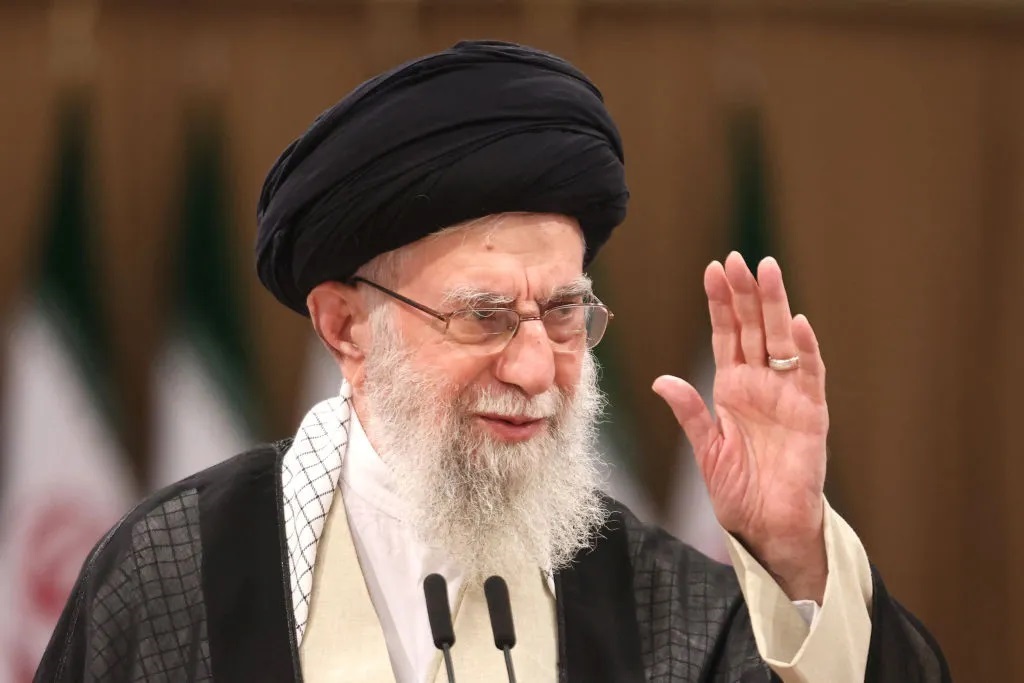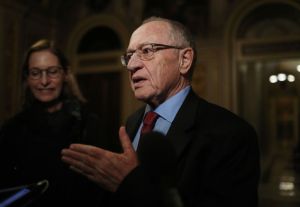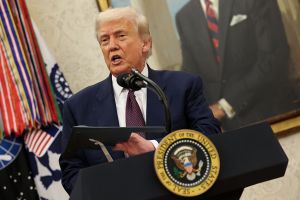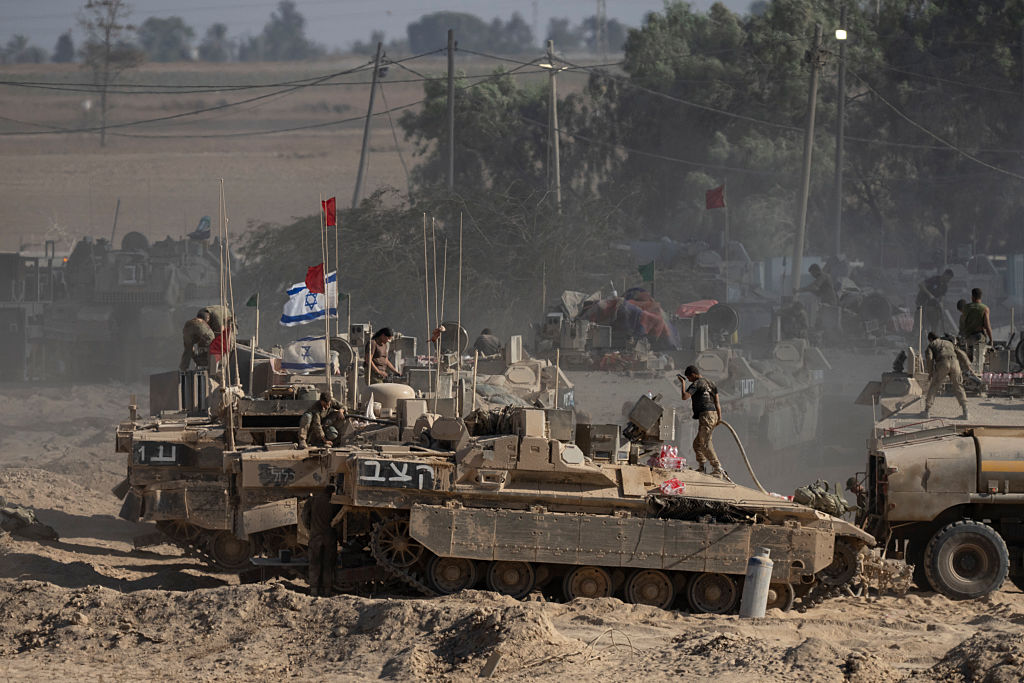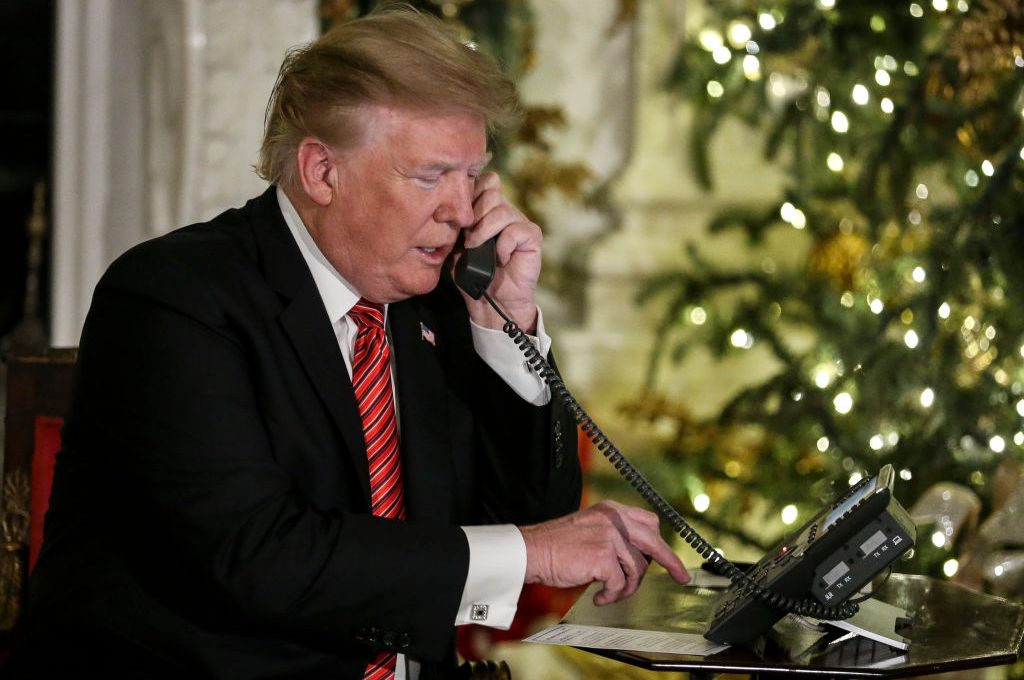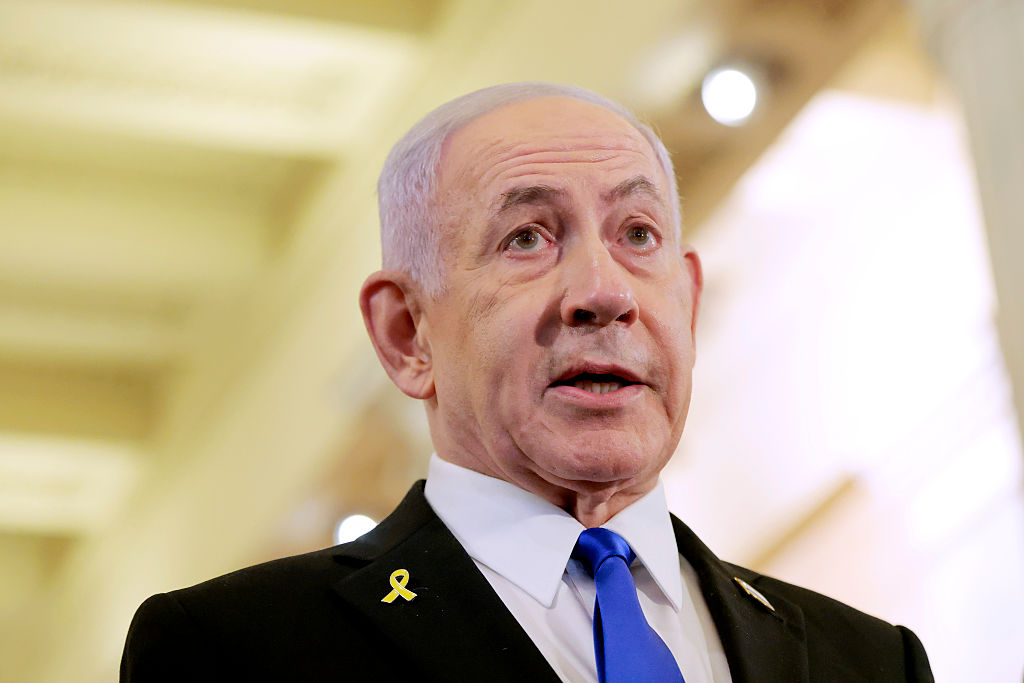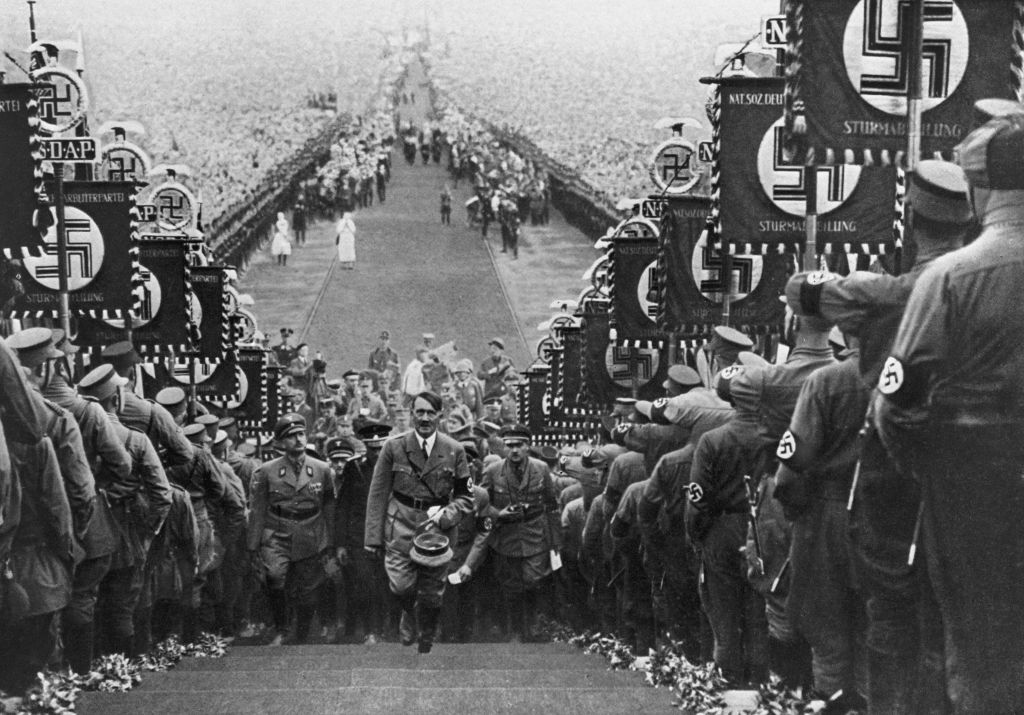In 2012, as the Islamic Republic showed signs of buckling under the weight of US and EU sanctions, Senator John Kerry spearheaded a series of backchannel meetings with his Iranian counterparts to begin exploring the deal that became the Joint Comprehensive Plan of Action (JCPOA), an arms reduction agreement between Iran and western nations in which Iran would receive sanctions relief in exchange for caps on uranium enrichment. The US and its allies sought to strike a bargain with an Islamic Republic desperate for foreign investment, eager to accept terms.
Yet in the years leading up to the JCPOA’s signing in 2014, another strand of thought emerged from within US (and Israeli) foreign policy circles: if they could weaken Iran economically to a point where they feel compelled to negotiate, then why not keep up the economic stranglehold until Tehran topples, and then pick up the pieces? The idea inevitably ran aground in the thickets of “history.” Regime change is a notoriously disobedient child.
Today, however, the Israelis and Americans are once again considering rolling the dice and trying to topple Ayatollah Khamenei and his mullahs, and for precisely the same reasons. Iran is reeling at home and abroad, and Israel seems to be able to attack it with impunity, and without any great cost. Could now be the time to give the regime one last push, whatever that looks like?
Israel has been chomping at the bit for regime change in Iran
Recently, Mohammed-Bagher Qalibaf, a former IRGC commander and perennial regime insider (currently he is speaker of the parliament), gave a speech to IRGC troops in Mashhad in which he repeatedly told that world that Iran is not afraid. He encouraged the assembled IRGC troops not to fear Israel’s technological superiority. Qalibaf’s words unmasked the very thing he was trying to hide: fear. The regime is extremely nervous about what Israel will do to it, notwithstanding reports of secret meetings between Israeli and Iranian officials to agree on what targets Israel could retaliate against. Iran’s currency is, once again, on the slide. Hezbollah and Hamas are weakened beyond doubt, calling into question Iran’s entire strategy of using proxies to deter their enemies. Iran has reached the limit of their missile sophistication, and their Russian aerial defense systems offer little by way of real protection, as was clear from Friday’s airstrikes by Israel. Any announcement of a nuclear breakout would, surely, be met with catastrophic Israeli air attacks — which might well bring anti-regime protestors into the streets of Iran’s cities.
The IRGC’s volunteer force, the Basij, are traumatised by the horrors they were ordered to visit on the protestors since the start of 2022’s Women, Life, Freedom movement. Basij bosses are nervous about asking them to do it all again, knowing full well a key turning point in the lead up to the Islamic Revolution was when the Shah’s troops refused to fire on protestors. Khamenei does not want a repeat of nationwide protests which cut across ethnic, class and generational lines. Khamenei sees foreign hands in domestic protests, and his speeches are littered with words such as “threat,” “enemy” and “crisis.” Little cracks within the regime are starting to show. Iran’s domestic and foreign intelligence services are even more paranoid than usual.
These manifest vulnerabilities at home and abroad are alluring to an Israeli cabinet high on the sugar rush of quick wins in Lebanon, presiding over the destruction of Gaza and potentially about to welcome Donald Trump back to the fold. The pedal to the floor argument is now, as it was then, a persuasive one. Israel has been chomping at the bit for regime change in Iran (or at the very least regime damage) for years now. But we’d be doing our past mistakes a disservice if we didn’t acknowledge that regime change (whether achieved or not) is a capricious beast at the best of times. Look no further than Afghanistan, Iraq, Syria, Egypt and Libya — and Iran, too, but that was back in 1953 when a joint CIA-MI6 coup toppled Mohammad Mosaddeq (with the connivance of the very same clerical class that later assumed power in 1979), replacing him with Reza Pahlavi.
Regime change invariably ignites latent tensions — ethnic, sectarian or other. We saw that as Iraq splintered into Sunni, Shia and Kurdish blocs, and likewise in Libya, which fell apart into its eastern and western principalities. Iran, although possessed of a strong sense of nationhood, still has the potential to fracture along ethnic lines — Kurds in the north, Arabs in the south and Baloch in the south-east. These groups have all flexed their muscles in the past few years, set off by anti-regime protests. In the aftermath of 1979, one of the first jobs of what would later become the IRGC was to head into Kurdish areas of Iran and suppress uprisings there. And behind every irredentist struggle is a regional foe lining up to arm its enemy’s enemies. Turkey, Saudi Arabia, Israel; take your pick.
And then there’s the question of what next, if not an internal IRGC-led coup? A survey of the anti-regime movements and groupings is not an edifying (or encouraging) experience.
The Islamic Republic came into being off the back of a unique leftist-clerical alliance in which local religious networks, allied to middle-class agitation and presided over by Khomeini’s fiery anti-colonial and Third Worldist rhetoric, rallied support to the revolution to topple the shah. That revolution had a leader. It thought it knew what it stood for.
The clerical class of today, however, is not the institution it was in the pre-revolutionary Iran. The regime has seen to that, hollowing out its independence and making it an increasingly unpopular lackey of politicians. Opposition clerics are either in prison, or simply ignored. Likewise too, the reformist movement that produced leaders such as President Mohammad Khatami, who strove for a “dialogue of civilizations” with the West. Once powerful families who dared to challenge Khamenei are neutered: Larijani, Rafsanjani, Khomeini, even. Discredited in the eyes of the people for not being able to effect change at home, and attacked by the regime itself, Iran’s reformist movement can’t catch a break.
The opposition movement lacks a leader
The Woman, Life Freedom protests that erupted in 2022 after the death in custody of Mahsa Amini were brutally suppressed, despite the widespread support which transcended ethnic and class boundaries. A feature of the opposition at that time was its refusal to nominate a leader, so they might remain diffuse, opaque and therefore less vulnerable. The weakness of this approach is that it denies the movement an ideology or creed. It leaves it open to fragmentation.
The protest movement today is, at best, dormant, and many of its most prominent voices either dead or imprisoned. Young Iranians swept up in the events of 2022 (and still hostile to the regime) are moved by rage and fury as much by a desire for reforms or constitutional change. “Death to the dictator” is a ghoulish slogan that is chanted, a sad echo of the regime’s own “death to Israel” or “death to America” chants that ring out at Friday prayers. The desire to destroy seems to be greater than the desire to rebuild.
The opposition movement lacks a leader, a strong external figure to play the role that Khomeini played so expertly in Paris in the late-1970s. Yes, there is a Pahlavi Prince in New York who strives manfully to unite bickering exilic factions, and yes there exists a faint longing among Iranian exiles, young and old, for a time when the country had wealth and freedom. But this sits alongside a fragmented landscape of offshoots and rivalries and infighting.
One ill-fated attempt at uniting these factions ended in farcical acrimony in 2023 with the disbanding of the short-lived Alliance for Democracy and Freedom in Iran (ADFI). And so many in Iran see the exilic communities’ hashtags and social media posts as empty slogans unlikely to make any difference to their lives on the ground. And so, these groups based outside of Iran lack traction within Iran’s borders.
While many Iranians cheered the deaths of Nasrallah and Sinwar and would welcome Israeli missiles raining down on IRGC bases, there are those who, despite their antipathy towards the Islamic Republic’s brutal inefficiencies, have no desire for regime change, or for Israeli bombs. These are the same Iranians who look nervously at the chaos in Syria, Iraq, Afghanistan and Libya and say: “No, thanks.”
There is no current alternative to Khamenei and his clique. Yes, the Islamic Republic is weakened, yes, it is nervous as to what will come next, and absolutely it is vulnerable. But the risk of interfering in Iran’s domestic politics is great. A fractured Iran, split along ethnic lines, would be a feeding frenzy for global conflict, pitting the West against its enemies and subjecting Iranians to a conflict worse than anything we could imagine. Tel Aviv may well be right to want to see the back of the Islamic Republic, but if they think that this will lead Iran seamlessly to the sunlight uplands of representative democracy, or a back to the technicolor idyll of Pahlavi Persia in the 1970s, then they are in for a nasty shock.
This article was originally published on The Spectator’s UK website.



